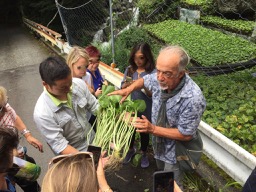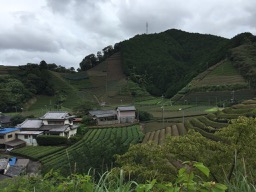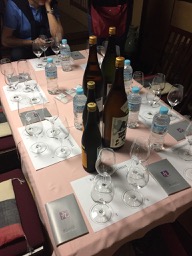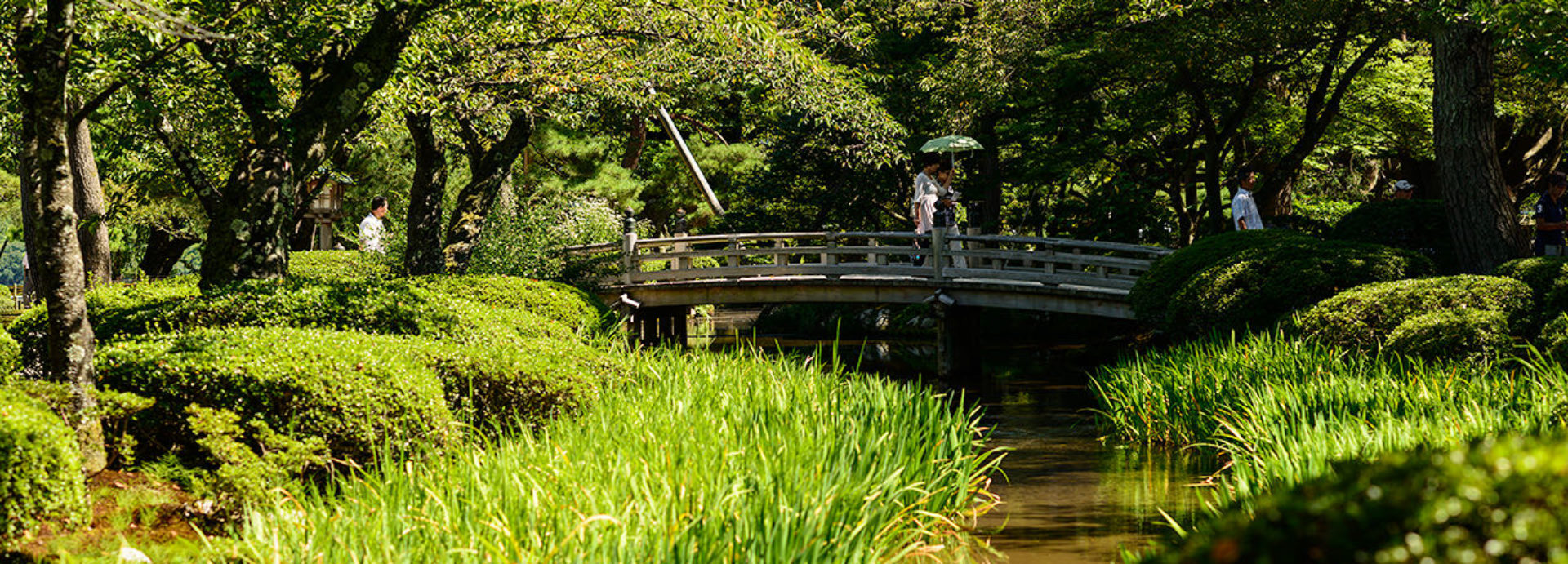Early July 2018, Passerelle took a group of executives for an excursion. From all continents, they had gathered in Japan for a management meeting .
The success of the products of this French cosmetics brand, and their great image with the public, are directly correlated with their highly selective sourcing of ingredients (such as essential oils), and the research delivering advanced performance from these ingredients. We made of way to the source of the some of the best ingredients in Japanese gastronomy, often associated with health and beauty as well.


We started our visit in deep Shizuoka to visit a wasabi farmer producing outstanding wasabi in terraced field deep in the mountains, making the most of the abundant and pristine water running down the slopes. Wasabi is a very demanding plant, which has been known to Japanese for ever, but whose cultivation only started in Edo times. Our ancestors used to eat the leaves, today the spicy root makes its fame.


The other world renown symbol of Shizuoka is Tea: Shizuoka accounts for about 40% of the country’s production, and has been cultivating tea for close to 800 years. The great variety of local “terroirs” allows for a number of tea qualities. We paid visit to a reputable independent farmer who treated us with a full tasting.


Sake brewing the work of micro-organisms. Man plays an important role, “moving things” and managing their environment. We ended the day at Banjo Jozo in Nagoya. Banjo Jozo is one of the oldest sake breweries still in existence (1647). While the brewing process is still almost entirely manual, and the operations small scale, their Kuheiji Kamoshibito brand is now well known overseas as well as in Japan, and they have started a multi channel exchange with the France terroirs (rice and wine).
